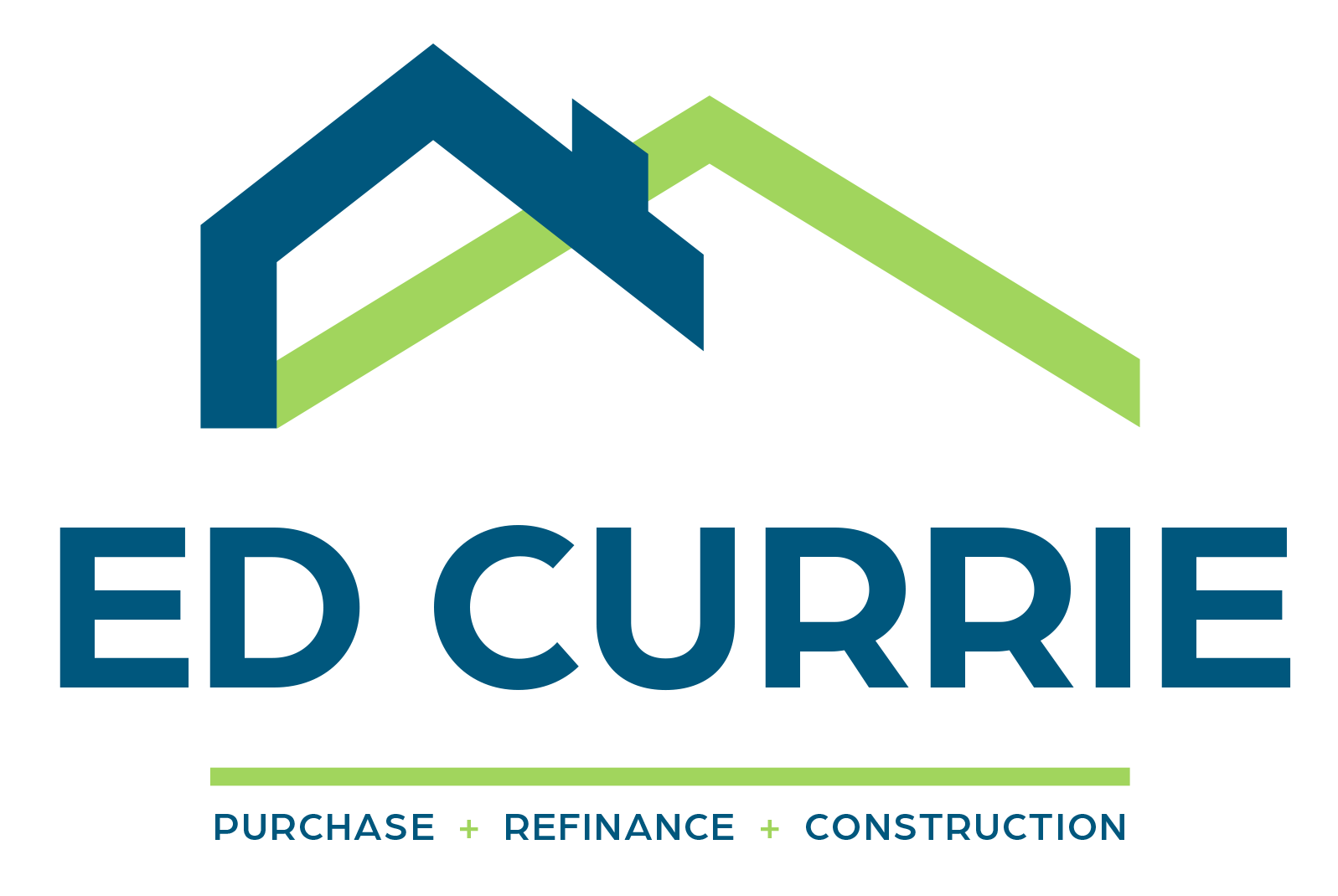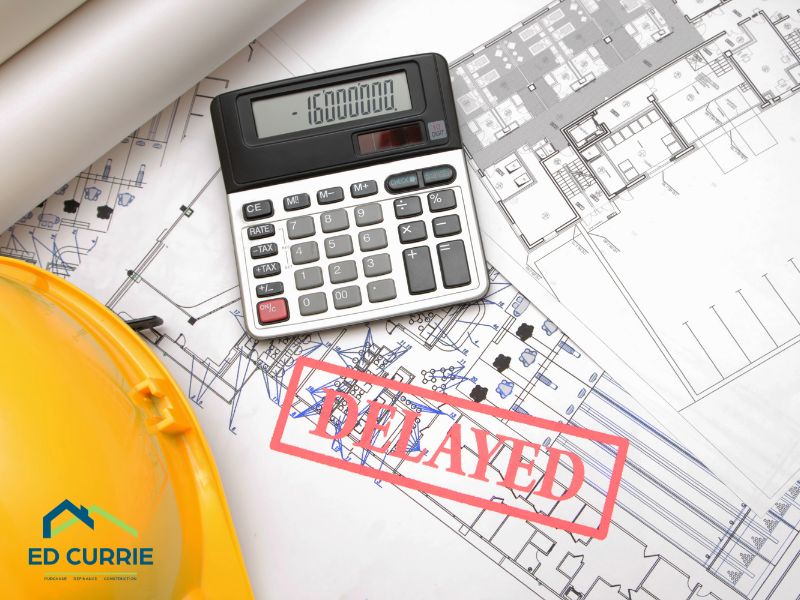
Are you considering the journey of building your dream home or undertaking a significant renovation project? If so, you might find yourself exploring the world of construction loans. While these financial tools can provide the necessary funds to turn your vision into reality, they come with their own set of unique considerations and challenges.
Today, we are defining three crucial aspects of construction loans: “Underestimating Costs,” “Incomplete Plans,” and “Lack of Contingency Planning.” Understanding these terms is essential for anyone considering a construction loan, as they can significantly impact the success of your project.
Underestimating Costs
One of the most common pitfalls in construction projects is underestimating costs. This occurs when the initial budget fails to account for all expenses accurately. From materials and labor to unexpected delays and permit fees, the true cost of construction can quickly surpass initial estimates.
When applying for a construction loan, it’s crucial to be as thorough as possible in your cost projections. Work closely with your contractor to create a comprehensive budget that includes both foreseeable expenses and a contingency fund for unforeseen circumstances. By being realistic about the costs from the outset, you can avoid financial strain and delays down the line.
Incomplete Plans
Another challenge that can arise when securing a construction loan is incomplete plans. Before lenders approve a loan, they typically require detailed architectural drawings and construction plans. These plans should outline every aspect of the project, from the layout and design to the materials and finishes.
Incomplete or inadequate plans can lead to delays in loan approval or even rejection altogether. To prevent this, work closely with an experienced architect or designer to develop thorough plans that leave no room for ambiguity. Not only will this streamline the loan approval process, but it will also ensure that your vision is accurately translated into reality.
Lack of Contingency Planning
Finally, a lack of contingency planning is a common pitfall that can derail even the most well-conceived construction projects. No matter how carefully you plan, unexpected challenges and expenses are bound to arise during the building process. Without a contingency plan in place, these unforeseen circumstances can quickly spiral out of control, causing delays and budget overruns.
When securing a construction loan, it’s essential to build a contingency fund into your budget. This additional reserve should be set aside specifically to address unexpected costs or setbacks that may arise during construction. By proactively planning for contingencies, you can ensure that your project stays on track and on budget, even in the face of unforeseen challenges.
Construction loans can be valuable tools for turning your dream home or renovation project into reality. However, it is important that you understand and avoid the risks associated with “Underestimating Costs,” “Incomplete Plans,” and “Lack of Contingency Planning.” By taking a proactive and thorough approach to your project, you can increase the likelihood of success and enjoy a smooth construction process from start to finish.




![EdCurrie_Logo White[Transparent] EdCurrie_Logo White[Transparent]](https://edcurrie.com/wp-content/uploads/elementor/thumbs/EdCurrie_Logo-WhiteTransparent-qybu3sjgpfhje9098uitv7fpt7os2hgn52gfy6ocx4.png)